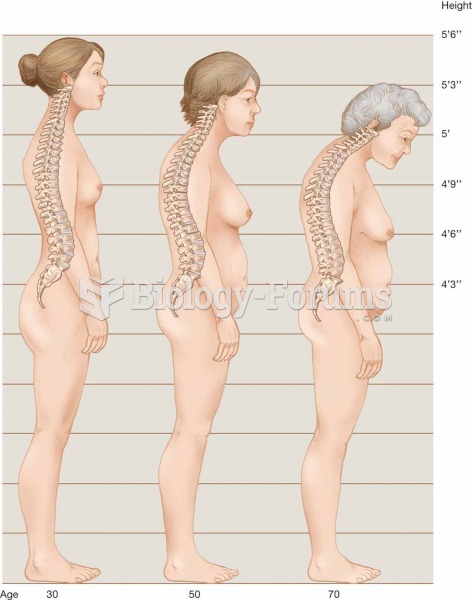|
|
|
Did you know?
Computer programs are available that crosscheck a new drug's possible trade name with all other trade names currently available. These programs detect dangerous similarities between names and alert the manufacturer of the drug.
Did you know?
Recent studies have shown that the number of medication errors increases in relation to the number of orders that are verified per pharmacist, per work shift.
Did you know?
Approximately 500,000 babies are born each year in the United States to teenage mothers.
Did you know?
There are approximately 3 million unintended pregnancies in the United States each year.
Did you know?
The first oral chemotherapy drug for colon cancer was approved by FDA in 2001.







